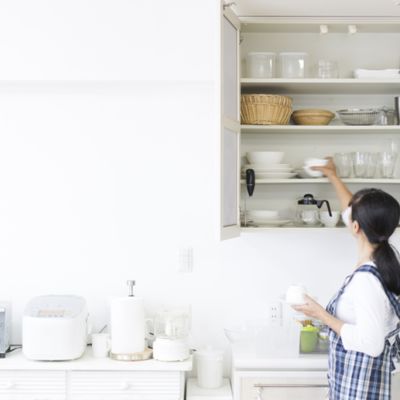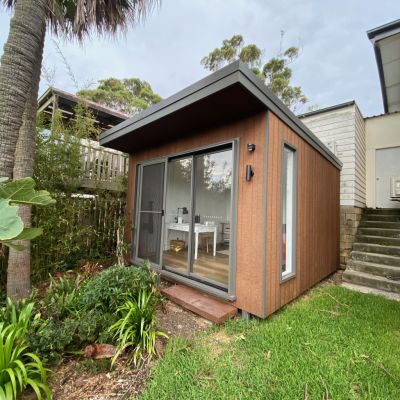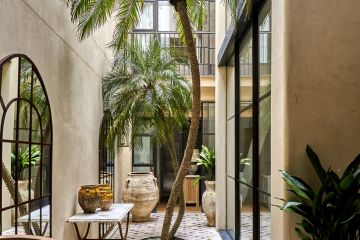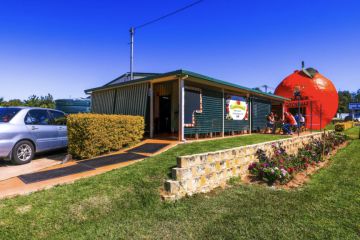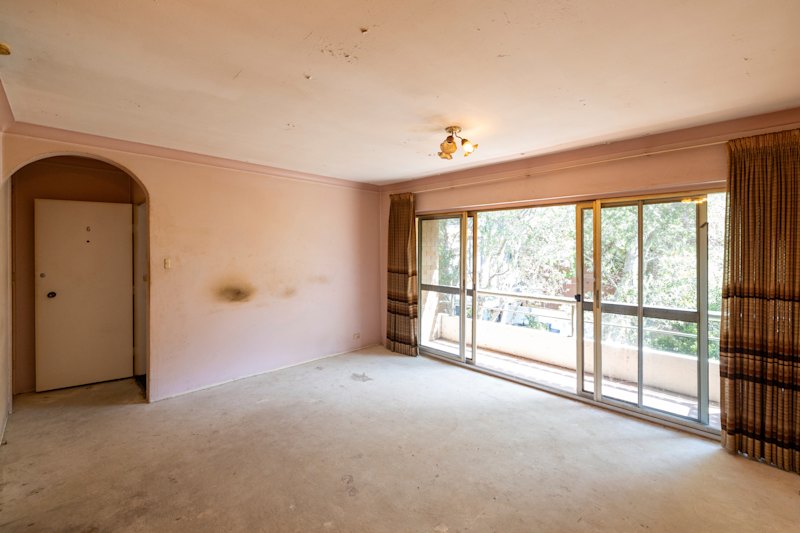Space versus location: What should be your priority when buying a home?
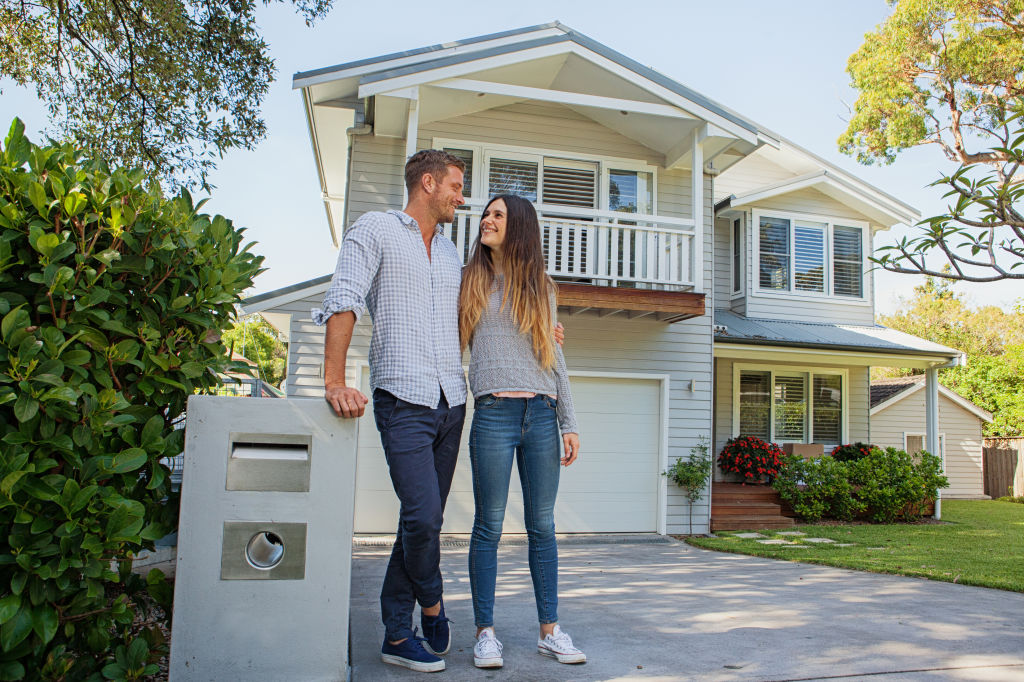
It’s the question my partner and I are constantly asking ourselves: Would we be happier if we had more space?
Would we argue less if we didn’t have to line up for the loo in the morning, perform balletic manoeuvres around each other to reach the toaster, and tip toe around after 8pm so as not to wake the youngest member of the family?
And most importantly: Is it worth upending our lives and leaving our beloved city ‘hood in exchange for a separate toilet and a chicken run in a less pricey location?
St Kilda resident Ellen Barr, expecting her third child in July with partner Adam, lives in a two-bedroom apartment bordering the St Kilda Botanical Gardens. For her, the answer to the space v location question is an unequivocal “location”.
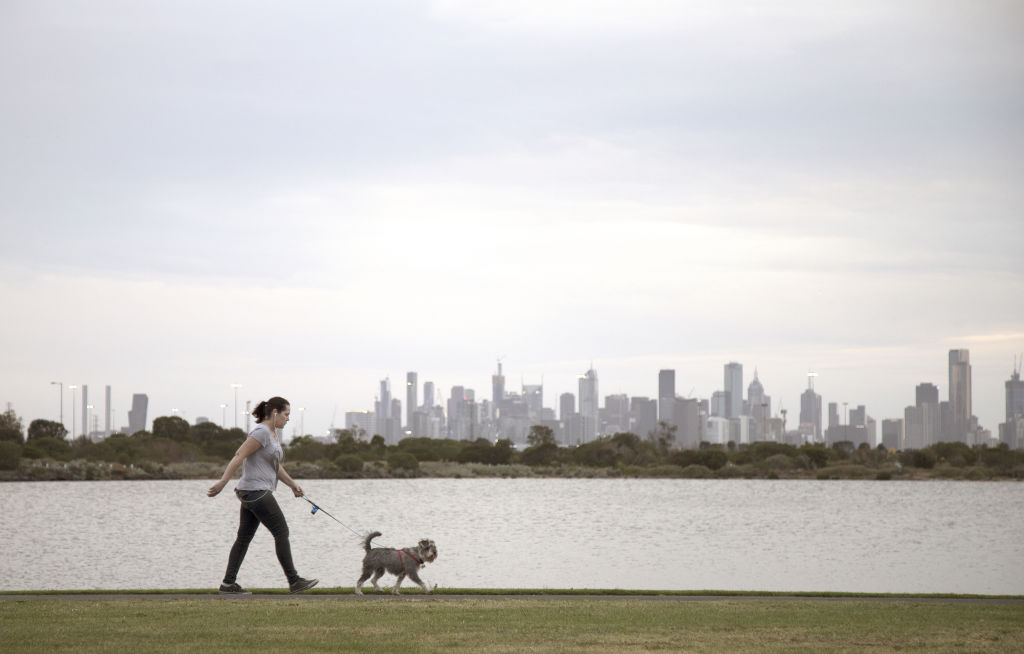
“We would love more space, but there is no suburb I connect with as much as St Kilda. The benefits of being so close to the action far outweigh the breathing room issue for us,” says Barr.
“Our relationship would be under much more pressure if we moved away from the community we’ve built up around us”.
Architect Emilio Fuscaldo says Barr is not alone in choosing amenity over extra space in an outer suburb. During his 15 years in practice at Nest Architects, “90 per cent of our clients chose to renovate their existing house or build a new house in the same suburb”.
“People are willing to sacrifice the appeal of more space in another suburb to ensure that their social networks remain intact.”
Fuscaldo now works at Breathe Architecture, whose Nightingale Housing Development in Brunswick aims to provide a new model of affordable urban living.
“The apartments are designed to a high level of amenity and a sense of community is inspired by creating shared laundries, drying spaces, communal gardens and recreational areas.”
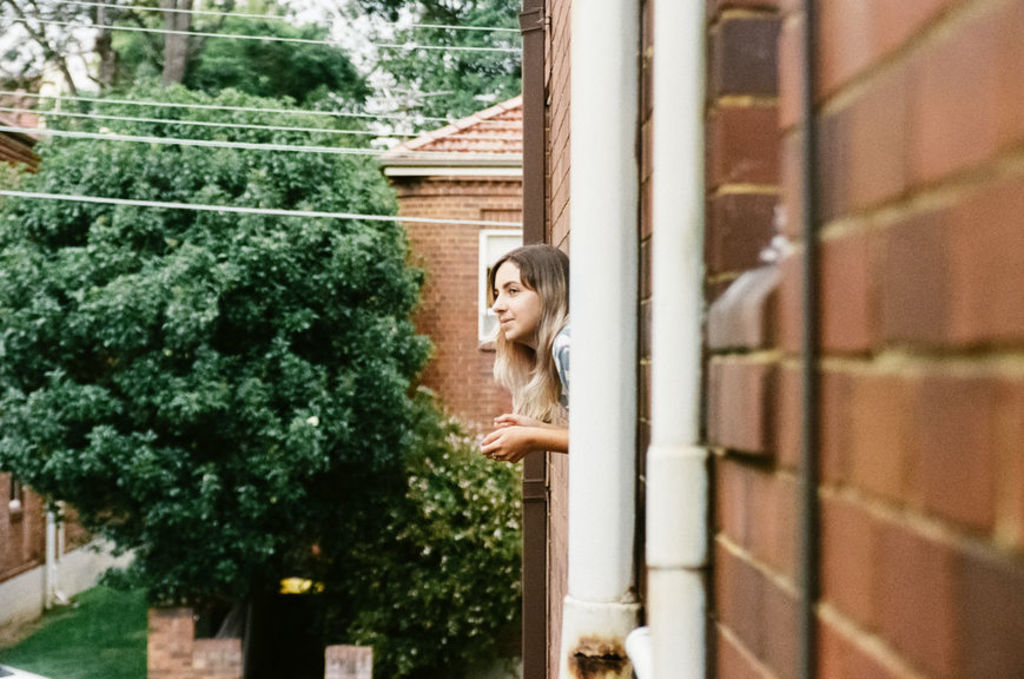
Lawyer Josephine Silloray and her husband Jack made the move from St Kilda to Mount Eliza after the birth of their first child in 2013.
“We loved being part of a vibrant community, but life started to feel like a game of Tetris,” she says. “We found a three-bedroom house with a garage for the same price as a two-bedroom apartment in St Kilda”.
While Silloray misses the diversity and spontaneity of city life, she harbours no regrets over her decision to prioritise space. “I grew up on a hobby farm on the Mornington Peninsula.
“My childhood was filled with bush cubbies and the safety and freedom to roam and explore my surrounds – it was magical. At some level, I probably always planned to return to the area.”
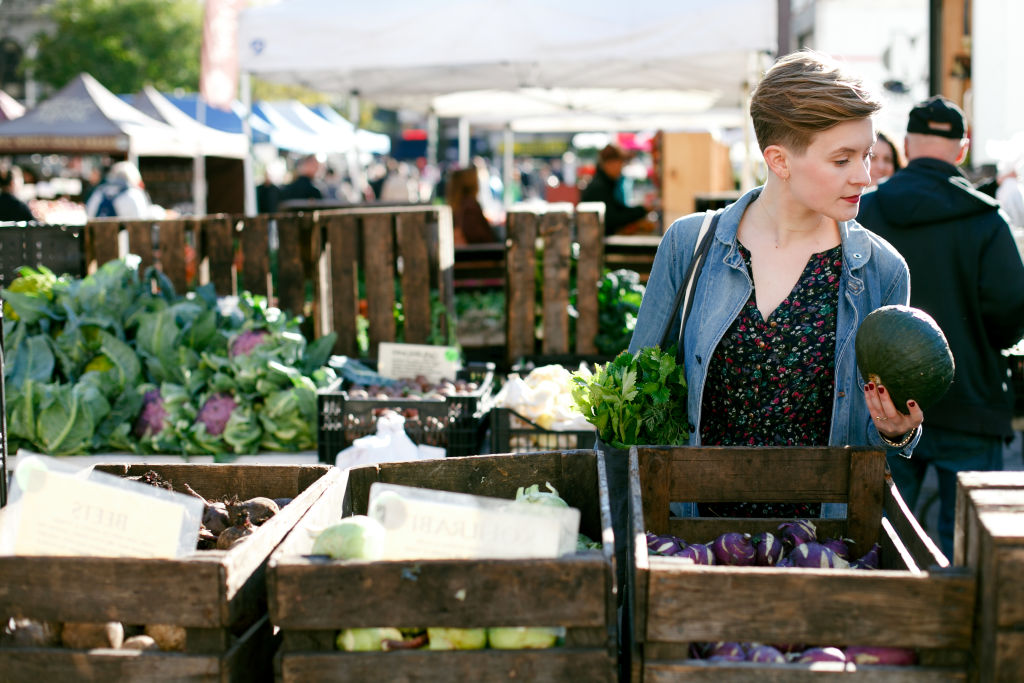
Herein lies the answer to the space v location question: if you cannot shake the idea of a veggie patch and a couple of chooks, prioritising space over location is more likely the better option.
While my partner and I often soothe ourselves to sleep with rental searches in leafy outer suburbs and picturesque pockets of rural Victoria, I inevitably wake at 3am with a voice in my head quietly assuring me that leaving my neighbourhood would be akin to amputating one of my more valued limbs.
There are plenty of reasons to take heart if you’re a rusted-on urban dweller with a growing family. “Even large developers are now moving toward creating more community oriented spaces,” says Fuscaldo, citing Mirvac’s The Fabric in Newport as one example.
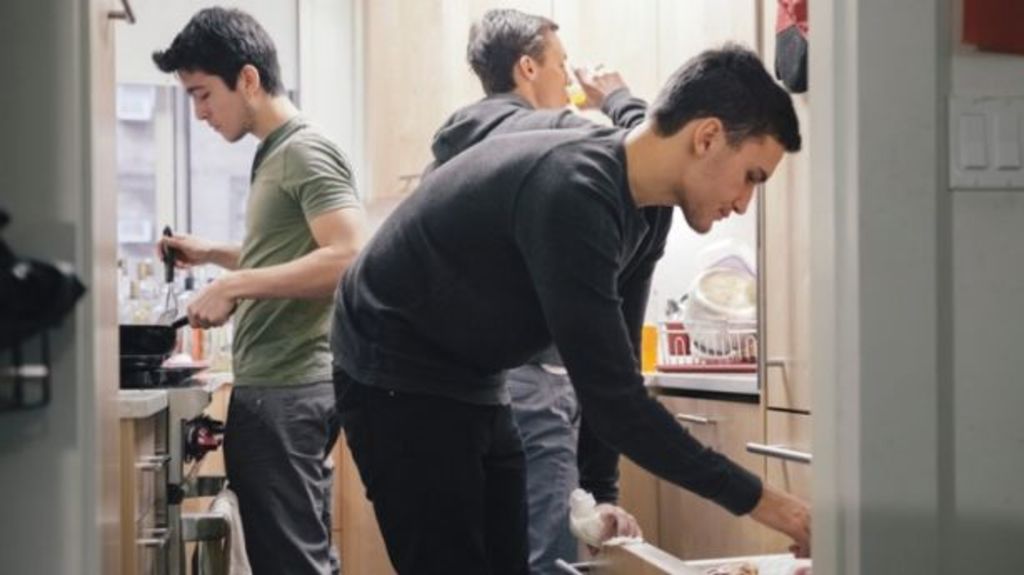
Closer to the CBD, Assemble’s Kensington and Icon’s Inkerman and Nelson developments are marketing their new apartments and townhouses as flexible, family-friendly spaces designed to adapt to each stage of life, with a strong emphasis on usable green spaces.
Barr advises families living in smaller spaces to, “Declutter! Look for ways to move things around to make the most of your space. Less stuff equals a calmer space.”
We recommend
States
Capital Cities
Capital Cities - Rentals
Popular Areas
Allhomes
More
- © 2025, CoStar Group Inc.
